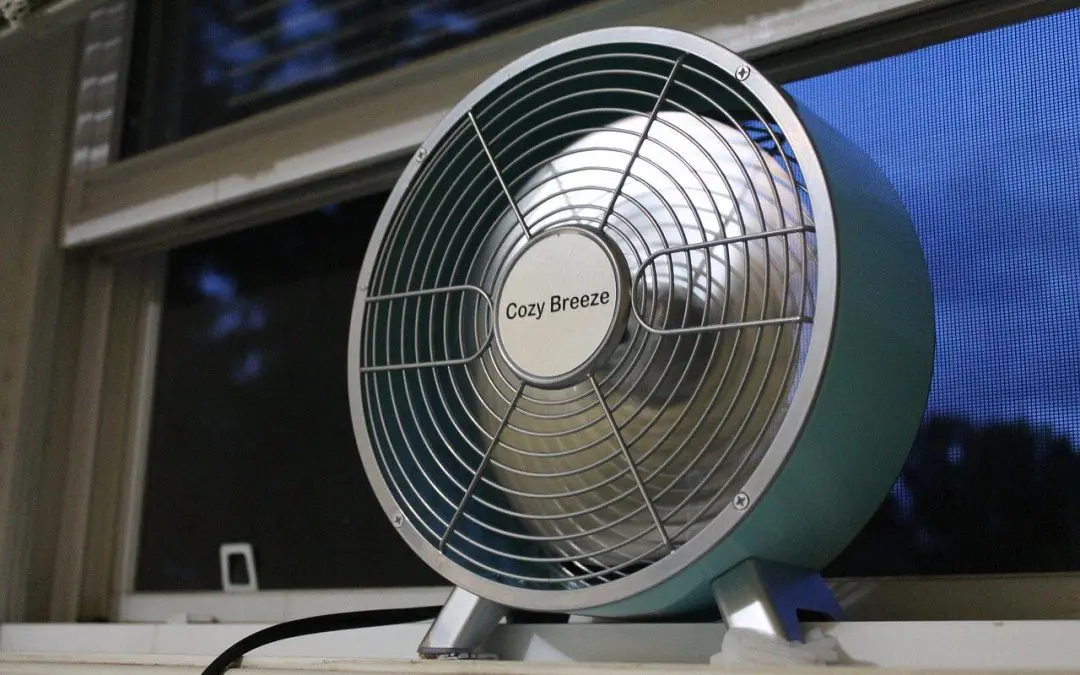Keeping your home cool can be challenging as the summer heat rolls in, especially if you don’t have air conditioning. However, there are many effective and eco-friendly ways to keep your living space comfortable without cranking up the AC. Here are some tried-and-true tips to help you cool your home and beat the heat naturally.
1. Use Fans Strategically
Fans are a great alternative to air conditioning. Ceiling, box, and oscillating fans can help circulate air and create a cooling breeze. Here’s how to use them effectively:
- Ceiling Fans: Make sure your ceiling fan is rotating counterclockwise during the summer months to create a wind-chill effect.
- Box Fans: Place box fans in windows to draw in cool air at night or exhaust hot air during the day.
- Whole House Fans: These fans can pull cool air through the entire house and push hot air out through the attic.
2. Optimize Window Management
Depending on how they are used, windows can be a source of heat or a gateway to cool air.
- Close Blinds and Curtains: During the hottest part of the day, close blinds or curtains, especially on south and west-facing windows, to block out heat.
- Open Windows at Night: When the temperature drops in the evening, open windows to let cool air in. Use fans to enhance the airflow.
- Reflective Window Film: Applying reflective window film can reduce heat gain from sunlight, keeping your home cooler.
3. Insulate Your Home
Good insulation keeps your home warm in the winter and cool in the summer.
- Attic Insulation: Properly insulating your attic can prevent heat from seeping into your living spaces.
- Weather Stripping: Seal gaps around doors and windows to keep cool air in and hot air out.
4. Use Natural Ventilation to Cool Your Home
Harnessing natural ventilation can help cool your home without using energy.
- Cross-Ventilation: Open windows on opposite sides of your home to create a cross-breeze. This will help flush out hot air and bring in cooler air.
- Ventilation Grilles: Install ventilation grilles in walls or doors to improve airflow between rooms.
5. Cool Your Body
Sometimes, cooling yourself directly can be just as effective as cooling your home.
- Wear Light Clothing: Opt for lightweight, breathable fabrics like cotton.
- Stay Hydrated: Drink plenty of water to help your body regulate its temperature.
- Cool Showers: Take cool showers or baths to lower your body temperature.
6. Reduce Heat Sources to Cool Your Home
Minimize internal heat sources to keep your home cooler.
- Use Appliances Wisely: Avoid using heat-generating appliances like ovens, stoves, and dryers during the hottest part of the day. Instead, cook outside on a grill or use a microwave.
- Switch to LED Bulbs: Traditional incandescent bulbs generate a lot of heat. Switching to energy-efficient LED bulbs can reduce heat output.
7. Utilize Natural Shade
Take advantage of natural shading to keep your home cool.
- Plant Trees: Planting trees or large shrubs around your home can provide shade and reduce the heat entering your home.
- Outdoor Awnings: Install awnings or shades over windows and doors to block direct sunlight.
8. Reflective Roofing Will Help Cool Your Home
A cool roof reflects more sunlight and absorbs less heat than a standard roof. This can significantly reduce the temperature of your home.
- Light-Colored Roofing: If you’re in the market for a new roof, consider light-colored or reflective roofing materials.
- Roof Coatings: Apply reflective coatings to your existing roof to reduce heat absorption.
Keeping your home cool without air conditioning is possible, environmentally friendly, and cost-effective. By implementing these tips, you can create a comfortable living environment while reducing your energy consumption and carbon footprint.
FAQ About Cooling Your Home
How does the orientation of my house affect its temperature?
The orientation of your house determines which sides get the most sunlight. South- and west-facing windows typically receive the most sun and can contribute to higher indoor temperatures. Managing window coverings and using reflective films on these windows can help mitigate heat gain.
What types of fabrics are best for keeping cool indoors?
Lightweight, breathable fabrics like cotton and linen are ideal for staying cool indoors. These materials allow air to circulate freely and help wick away moisture, keeping you comfortable in the heat.
Can the color of my home’s exterior affect its temperature?
Yes, the color of your home’s exterior can affect its temperature. Light-colored surfaces reflect more sunlight and absorb less heat, which can help keep your home cooler. Dark colors, on the other hand, absorb more heat and can make your home warmer.
Are there any plants that can help cool my home naturally?
Yes, certain plants can help cool your home naturally. Planting trees or large shrubs around your home can provide shade and reduce heat gain. Indoor plants can also improve air quality and create a cooler indoor environment by releasing moisture through transpiration. Some effective indoor plants include peace lilies, snake plants, and ferns.
TUFF Home Inspections offers professional inspections to homebuyers and sellers in New Jersey. Contact us to request an appointment.

